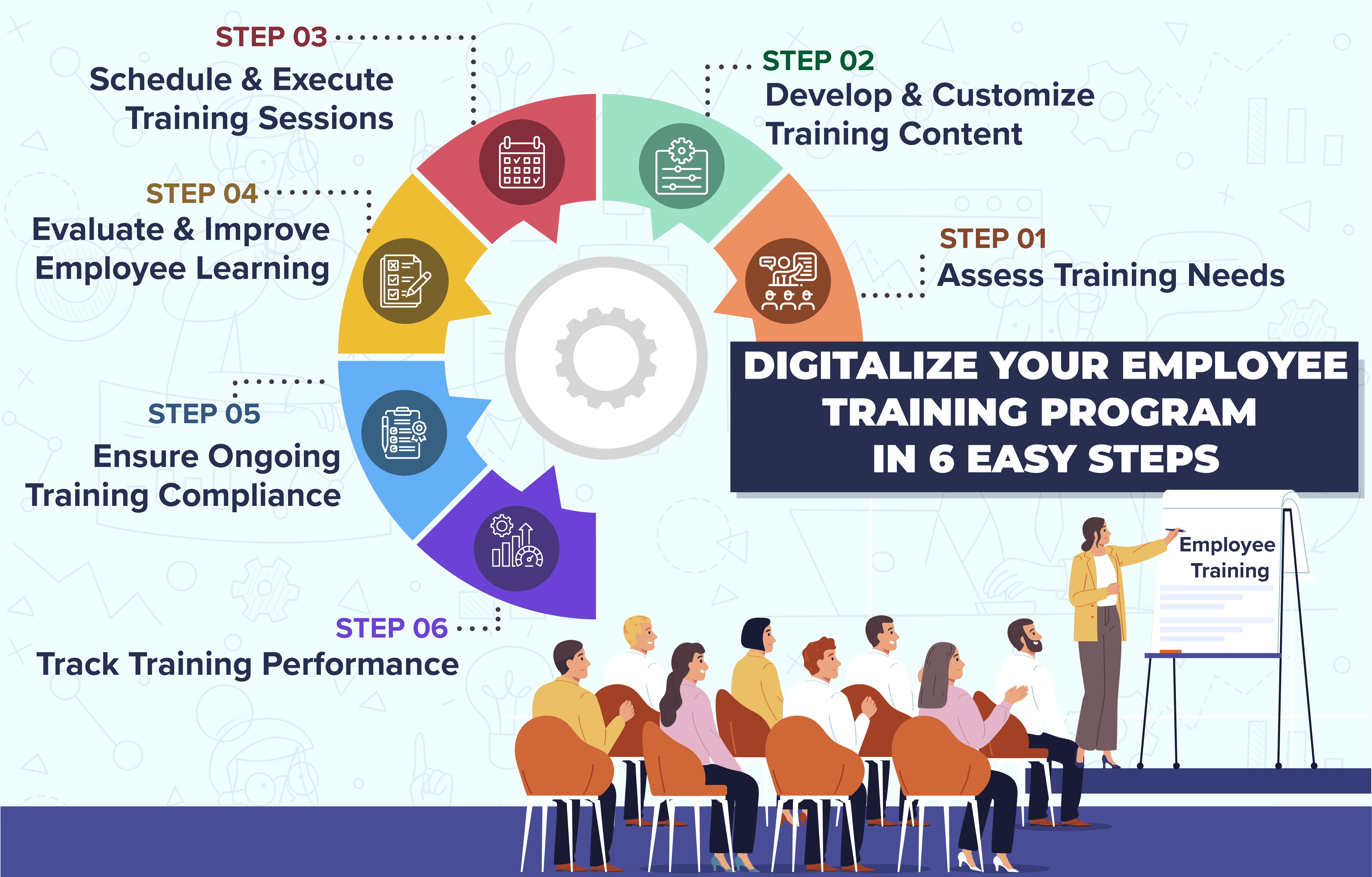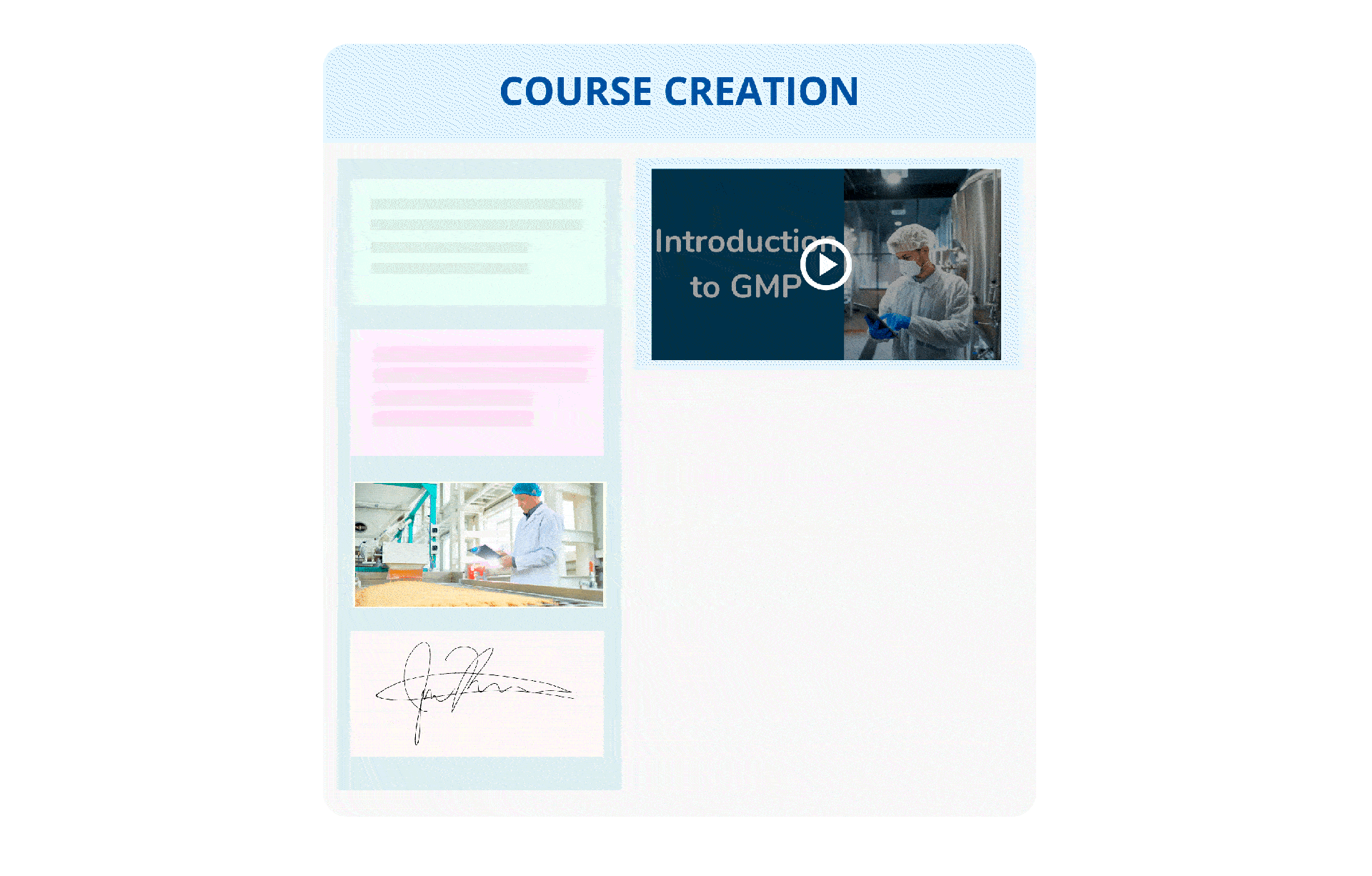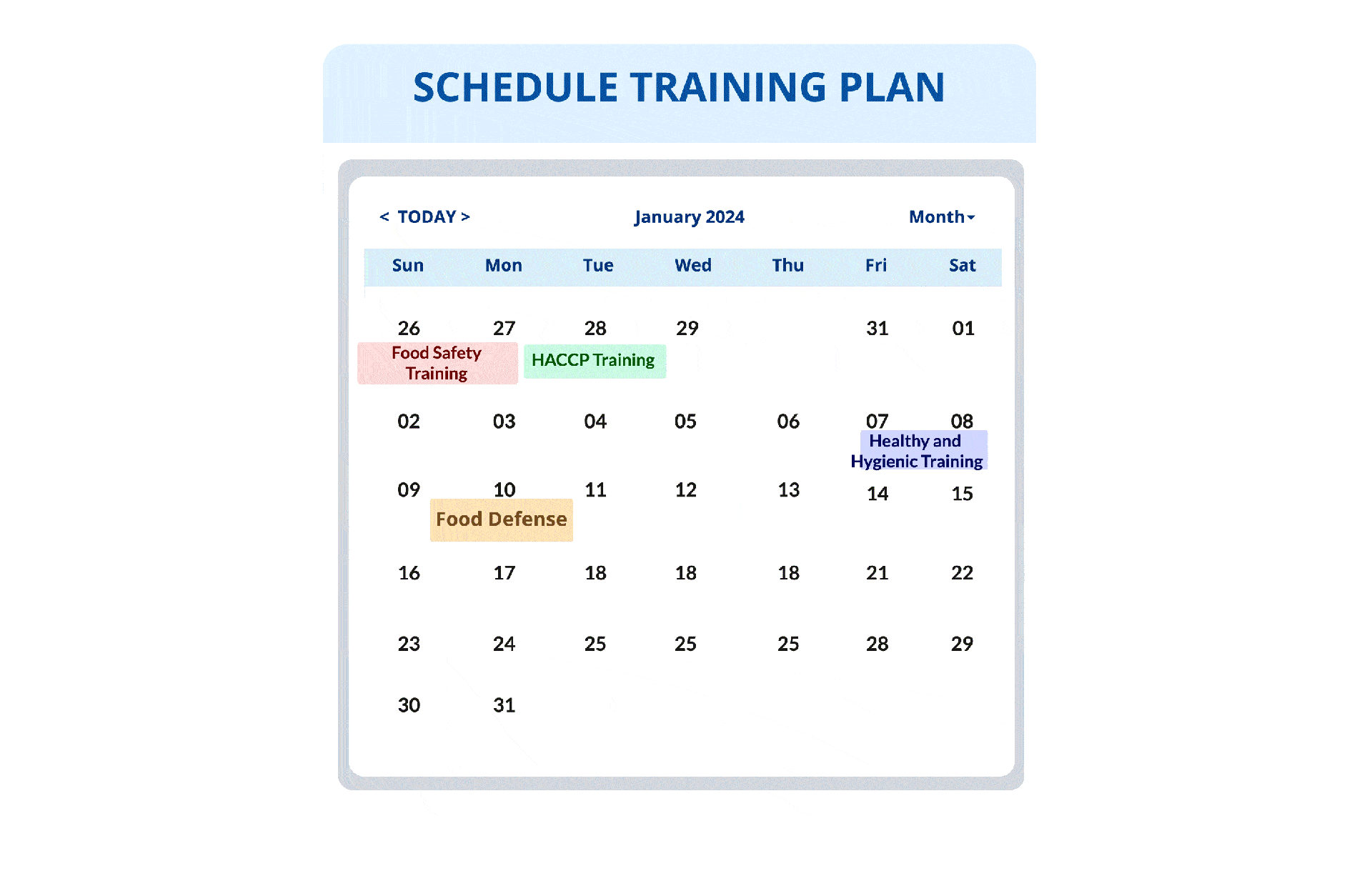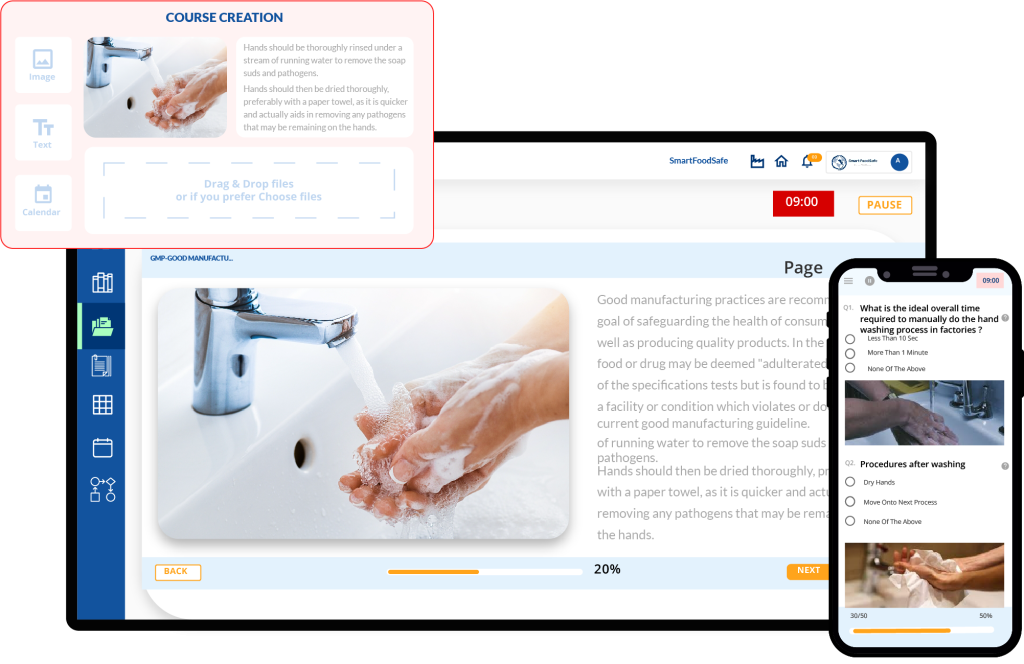
In recent years, the workplace has seen a significant shift toward digital transformation, reshaping how businesses operate. However, such changes don’t occur in isolation—organizations must ensure their employees can seamlessly adapt. This is why learning and development strategies must evolve in parallel, making employee training an integral part of the transformation process.
To advance employee training, companies need to embrace contemporary learning solutions that are not only flexible and accessible but also more effective than traditional methods. By harnessing pioneering technologies and innovative learning tools, organizations can welcome a new era of training that focuses on skill development and professional growth, all while prioritizing the learner’s experience. If this approach excites you, read on to discover how to digitalize employee training in simple 6 steps with the help of Smart Training, modern learning management solution.
Necessity of Digitalizing Employee Training
From logistical challenges to inconsistent learning outcomes, enterprises face numerous hurdles when relying on outdated employee training methods like in-person workshops, manual record-keeping, and paper-based assessments. These inefficiencies can lead to poor engagement, lower retention rates, and missed opportunities for upskilling employees effectively. The following are some advantages of bettering employee training initiatives with technology:
-
Boosts Employee Productivity
Traditional training methods often fail to engage employees, leading to poor retention of information and underperformance. Digital training solutions such as reflective learning and microlearning increase engagement, enabling employees to stay invested and perform better in their roles.
-
Makes Training More Efficient
Digital tools reduce disruptions to daily work and offer tailored learning experiences. Advanced technologies like augmented reality (AR) and gamification make content more interactive, helping employees retain information better and apply it more effectively.
-
Provides Flexibility
Mobile-friendly digital platforms give employees the flexibility to complete training on their own schedule, whether at work, at home, or on the go. This flexibility is critical for remote and hybrid teams, enabling them to learn across time zones and outside typical office hours, improving completion rates.
-
Supports Upskilling and Reskilling
Digital training allows organizations to offer employees ongoing opportunities to develop new skills or improve existing ones. This not only helps close skills gaps but also attracts top talent by offering clear paths for professional development, reducing turnover.
-
Streamlines Onboarding
Digital solutions make onboarding new hires faster and more efficient. Self-guided training programs allow new employees to integrate into the team quickly without requiring extensive one-on-one training from senior staff, minimizing disruptions to overall productivity.
-
Enables Better Analytics
Learning platforms offer advanced analytics and reporting tools, allowing organizations to track employee progress and performance. This data helps businesses identify areas for improvement, tailor future training, and continuously optimize their learning strategies for greater effectiveness.
However, moving on to a digital employee training system requires a structured but easy strategy to ensure it delivers maximized learning results. This is where Smart Training can help.
Setting Up a 6-Step Digital Employee Training Program With Smart Training
Smart Training is a powerful online training management system built to streamline employee training by automating everything from course creation to planning, tracking, and managing training programs. By automating various aspects of the process and offering a clear workflow, Smart Training empowers businesses to train employees more effectively, while minimizing the administrative burden.
Here’s how Smart Training can digitalize your employee training in six simple steps:
Step 1: Assess Training Needs

Before developing any training content, it is essential to identify the skills and competencies required within your workforce. With Smart Training, you can create content that aligns with your company’s specific learning objectives and workforce needs to bridge training gaps.
- Perform a skills gap analysis to understand areas for improvement.
- Tailor training programs based on role-specific requirements.
- Ensure training aligns with company objectives and employee growth opportunities.
This foundational assessment ensures your training is targeted and relevant, addressing the unique needs of your team.
Step 2: Develop & Customize Training Content

The next step is to create a comprehensive and curated training curriculum. The foundation of any effective employee training program is well-designed courses. Smart Training enables you to design and structure courses that meet the diverse needs of your employees:
- Develop and customize training content in multiple ways to suit the diverse roles, skills, and experience levels within your organization.
- Utilize layout templates with drag-and-drop course creator to easily add components and structure your courses, as well as integrate essential documents like PPTs, PDFs, and Excel files, or pull from the extensive training library to select ready-to-use, customizable courses.
- Incorporate Q/A sections for knowledge assessments, configure course durations, prerequisites, and set pass/fail criteria, ensuring that each course is designed to fit each learner’s learning journey.
This customization ensures that each employee receives relevant, high-quality learning experiences that match their career path and responsibilities.
Step 3: Schedule & Execute Training Sessions

Once the curriculum is in place, planning the training schedule is key to ensuring that employees can participate without disrupting daily operations. Then, the execution of the training program takes place, where the actual learning happens. With Smart Training, you can assign course(s) or training programs, schedule, and deliver training sessions with minimal effort:
- Schedule self or group learning sessions according to employee convenience, allowing for flexibility with self-paced or group learning options.
- Utilize automated reminders to ensure participation across departments or locations.
- Coordinate training logistics to create a smooth learning experience, whether employees are onsite or remote.
Smart Training simplifies the process of managing training schedules and execution, ensuring that training is completed efficiently and on time.
Step 4: Evaluate & Improve Employee Learning

Successful training requires ongoing evaluation. Smart Training provides the tools to assess learning progress and ensure that employees are mastering the content:
- Use quizzes, tests, and interactive assignments to gauge employee understanding.
- Access each participant’s progress in real-time throughout the program.
- Provide feedback and additional support where necessary to enhance learning outcomes.
By evaluating learning continuously, you ensure that employees are developing the skills they need and can make adjustments to improve training effectiveness.
Step 5: Ensure Ongoing Training Compliance

Training compliance is an ongoing requirement for many industries, and Smart Training makes it easy to track and maintain:
- Schedule refresher courses to keep employees up-to-date with industry standards, new technologies, or internal policies.
- Generate formal certifications or acknowledgments for employees who successfully complete their training.
This step ensures that employees remain compliant with training requirements while continuing to build on their skills.
Step 6: Track Training Performance

Once training is completed, it is important to track both individual and program-wide performance. Smart Training provides adequate tools to measure and improve training outcomes:
- Maintain a detailed Training Log, recording attendance, progress, and performance data for all participants.
- Use the Skill Matrix to visualize competencies and plan for future development needs.
- Leverage reporting capabilities to assess the overall effectiveness of your training program.
By tracking performance over time, you can ensure that your training program evolves to meet changing organizational needs while fostering ongoing employee development.
Why Choose Smart Training?
Traditional employee training methods simply can’t keep up with the demands of today’s enterprises. With Smart Training’s well-equipped features, enterprises can easily stay on top of employee development, ensuring continuous growth and alignment with company goals. By adopting a platform like Smart Training, businesses can achieve:
- Time Efficiency: Automating administrative tasks such as scheduling, attendance tracking, and reporting frees up valuable resources.
- Data-Driven Insights: Built-in analytics help companies measure the effectiveness of training programs and identify skill gaps, leading to more informed decisions.
- Employee Empowerment: Providing employees with the ability to learn at their own pace and track their progress fosters a sense of ownership over their personal development.
- Adaptability: Whether your training needs are small-scale or enterprise-wide, Smart Training’s flexible platform scales with your business.
With Smart Training’s six-step learning management workflow, you can easily digitalize your employee training, enabling your workforce to consistently enhance the skills necessary for success.




